Jewish History: World War II
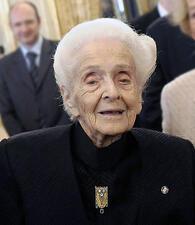
Rita Levi-Montalcini
Rita Levi-Montalcini was a Nobel Prize winning doctor, known for her discovering of Nerve Growth Factor, which is responsible for the development and distribution of nerve cells. Throughout her life she combined research with wide-scale public activity.
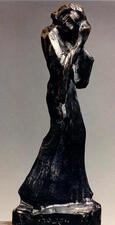
Batia Lichansky
Batia Lichansky, Israel’s first woman sculptor, famously expressed the pioneer Zionist spirit during the formative years of the State of Israel through her portrait sculptures, reliefs, and memorials sculpted in stone, wood, and bronze. After studying across Europe, Lichansky became a prominent Israeli artist and won the Tel Aviv-Jaffa Dizengoff Prize twice, in 1944 and 1957.
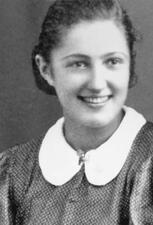
Rivka Kuper Liebeskind
Rivka Liebeskind joined the Akiva Zionist movement as a teenager, becoming a leader in her local chapter and encouraging members to continue their activities after the German occupation began. When the movement transitioned to resistance activities in 1942, she aided young people escaping the Krakow ghetto. Liebeskind survived her deportation to Birkneau and moved to Israel after the war.
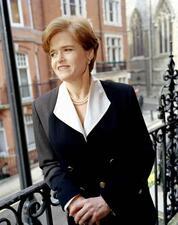
Deborah Lipstadt
Deborah D. Lipstadt is an American Jewish historian of issues surrounding understanding the Holocaust, ranging from reception of news of the extermination of European Jews to denial of the existence of the Holocaust. Lipstadt achieved renown for her defense against libel brought by David Irving, a British Holocaust denier. Her dramatic trial was transformed into a film starring Rachel Weisz.
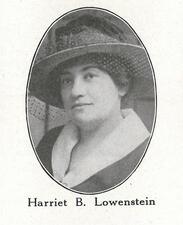
Harriet Lowenstein
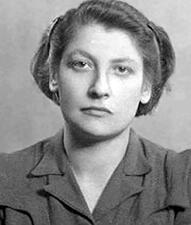
Zivia Lubetkin
Zivia Lubetkin was an important member of the underground resistance movement in Poland during World War II, and later an active member of the United Kibbutz Movement in Palestine.
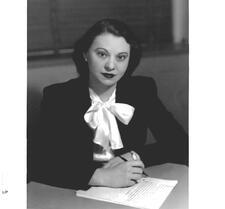
Bessie Margolin
Bessie Margolin was raised in New Orleans’s Jewish orphanage, where she learned powerful lessons in social justice that propelled her trailblazing legal career through the New Deal and Nazi War Crimes Trials to the United State Supreme Court, where she championed the rights of millions of American workers. A reluctant feminist who became the nation’s top fighter for equal pay for women and a co-founder of NOW, Margolin used intellect and charm to open courtroom doors for countless women who have followed.
Lenore Guinzburg Marshall
Lenore Guinzburg Marshall, novelist, poet, activist, and literary editor, pushed her publishing company to publish William Faulkner’s The Sound and the Fury after it had been rejected by twelve other publishers. She published her first novel, Only the Fear, in 1935 and her first poetry collection, No Boundary, in 1943, going on to write poetry, novels, short stories, essays, and a memoir.
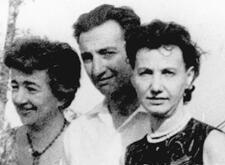
Vladka Meed
Vladka Meed was an underground courier who smuggled weapons to the Jewish Fighting Organization inside the Warsaw Ghetto while passing as a Christian outside its walls. In 1948 she published a memoir about her experiences, On Both Sides of the Wall. Meed received many awards for her work in Holocaust education and memorialization.
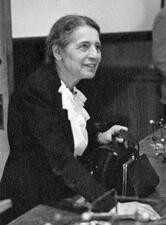
Lise Meitner
Lise Meitner’s influential work concerning radioactivity in the early 20th century made her a target of the Nazis. She fled to Sweden in 1938, and it was there that she discovered the power of the fission reaction. Even though Meitner never worked on nuclear weapons, her 1939 research was essential in the research of nuclear power.
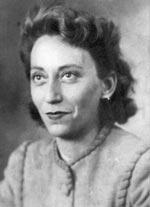
Jacqueline Mesnil-Amar
Jacqueline Mesnil-Amar struggled between her allegiance to French culture and her identity as a Jewish person. In her published journal, she perceptively documented the abandonment of French Jews during the Holocaust and the struggles of assimilated French Jews.
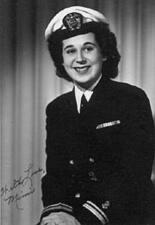
Miriam "Mimi" Miller
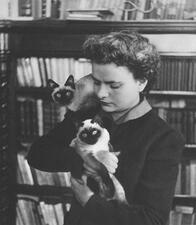
Elsa Morante
Elsa Morante (1912-1985) was an Italian author whose writing often addressed persecution and injustice. After fleeing Fascist authorities during World War II, Morante traveled extensively while continuing to write prolifically; she later won the Viareggio literary prize, Strega Prize, and Prix Medicis.
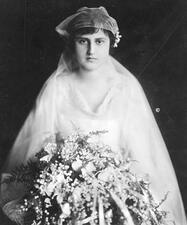
Elinor Morgenthau
Elinor Morgenthau’s accomplishments were largely invisible, as she helped her husband, Henry Morgenthau, Jr., rise to great heights in Franklin Delano Roosevelt’s administration. Because of her sharp political and social skills, she often filled in for her husband, and eventually she became Eleanor Roosevelt’s assistant in the Office of Civilian Defense.
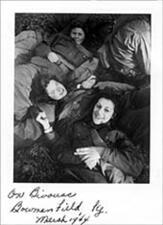
Yetta Moskowitz
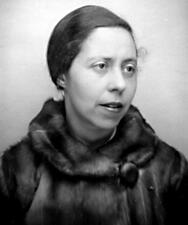
Irene Nemirovsky
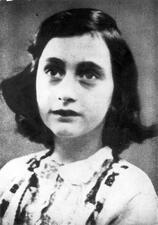
Modern Netherlands
Like Jewish women everywhere, Dutch Jewish women struggled with issues of assimilation, emancipation, and equality as both Jews and women. This article summarizes the conditions and challenges facing Jewish women in the Netherlands and the paths to progress and change they sought—education, work, activism, and literature, among others—from the nineteenth century to the present, including after the particular decimation of Dutch Jewry during the Holocaust.
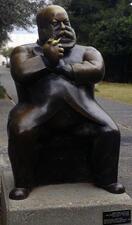
Chana Orloff
Sculptor Chana Orloff was a part of the avant-garde circle of Montparnasse, the international movement of artists in Paris. After immigrating to Paris from Palestine in 1910, Orloff became the unofficial portraitist of the Parisian elite, creating over three hundred portraits. Orloff’s sculpture figures are now in collections throughout Israel, Europe, and the United States.
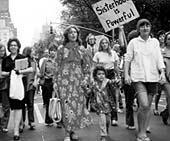
Trudy Orris
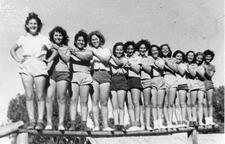
Palmah
The Palmah was the elite fighting brigades of the underground paramilitary force Haganah, active between 1941 and Israel’s founding in 1948. Women were active in the Palmah, but were they considered equal to men?
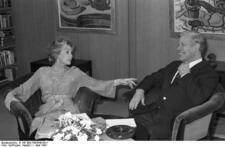
Lilli Palmer
After fleeing Nazi Germany, Lilli Palmer pursued her acting career in Paris, London, Hollywood, and New York. In the 1950s, she returned to Germany, becoming celebrated once again in her home country. Palmer was not only a prominent actor in numerous successful plays, films and television programs, but also a painter and an author of both fiction and non-fiction.
Nora Platiel
The Russian Revolution of 1917 made a convinced socialist of Nora Block and inspired her to study law. After leaving Nazi Germany for France and then Platiel, Platiel returned home, eventually becoming the first woman director of a German district court and being elected for three terms in the Hessian State Parliament.
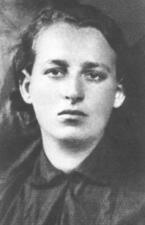
Frumka Plotniczki
Whether in her family, the kibbutz training program or the movement, what set Plotniczki apart was her ability to combine penetrating, uncompromising analysis with a loving heart and maternal compassion.
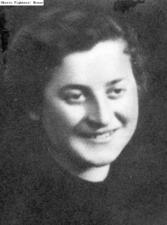
Hantze Plotniczki
Hantze Plotniczki was an active leader of and participant in resistance movements during World War II. She had a gift for connecting with people and inspiring love and action from other members of the movement.
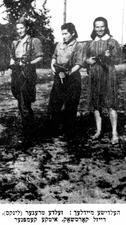
Poland: Women Leaders in the Jewish Underground During the Holocaust
There were prominent female leaders in nearly every Jewish underground in the Polish ghettos during WWII. Women often took on the role of delegate to central leadership, moving between ghettos. Jewish fighting organizations relied on these delegates to deliver arms, forged documents, and military instructions between ghettos.


